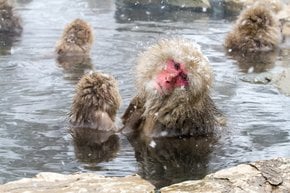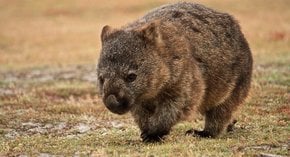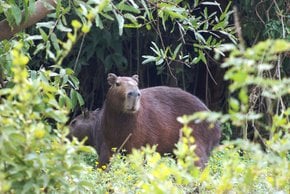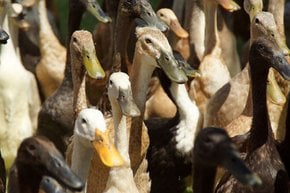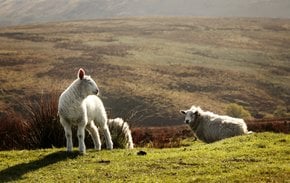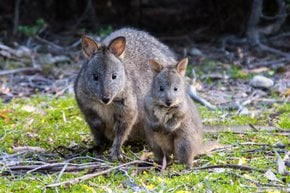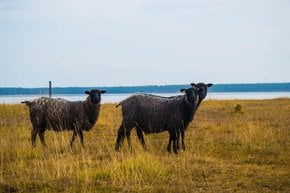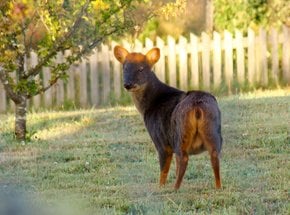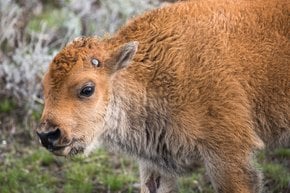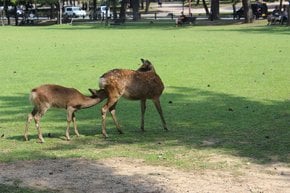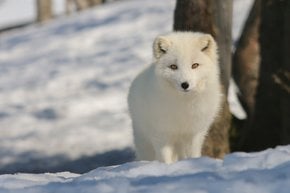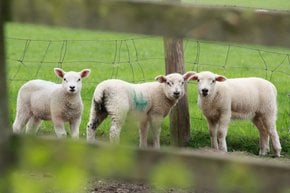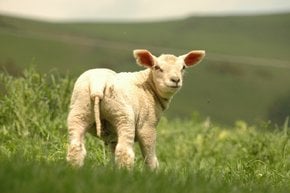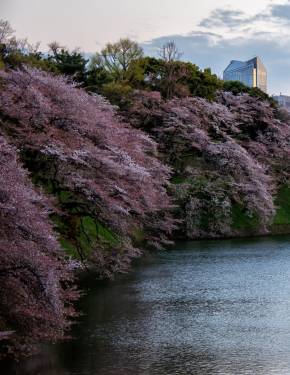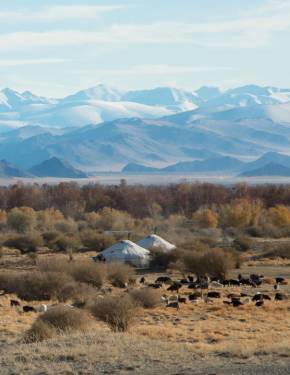Giant Pandas in China 2026
Eat, play, sleep,—that's three core elements of the meaningful life for a panda
Best time: April–November
If "Eat, Pray, Love" can work as a human recepy for happiness, according to novelist Elizabeth Gilbert, pandas' answer would be: "Eat, Play, Sleep". You may see that careless lifestyle with your own eyes when you visit one of panda centres in Sichuan Province.
Wolong National Nature Reserve located 130 km from the province capital of Chengdu is known as the oldest sanctuary of giant pandas and hence referred to as pandas' hometown. Before the Wenchuan Earthquake in 2008, the area used to be a home to nearly a hundred cute white and black bears, or 10% of the whole China's population. Other rare inhabitants were red pandas, white-lipped deer and golden monkeys. After the natural disaster, the reserve along with its inhabitants had to move to Shenshuping. However, nowadays restored Wolong National Nature Reserve regains its popularity among tourists.
In Chengdu Panda Breeding Centers the animals are practically kept in captivity, but there are no cages,—on the contrary, a great natural environment, enough of space and trees to climb and a plenty of their favourite food—bamboo. So pandas population is gradually growing. The best season to visit panda sanctuaries is April to November.
Observing how these cute careless bears are enjoying their lives is very entertaining. They don't even bother if they look lame when eating while lying on their backs. The next time you are in a stressed mood, you can think back on that nice panda's encounter, and let your stress go away.
Also take into account that cute mammals are wild animals, so remember about a safe distance, and do not feed them on your own. Besides, giant pandas love enjoying themselves in a relative silence, so try not to make noise while watching these lazy shows.









